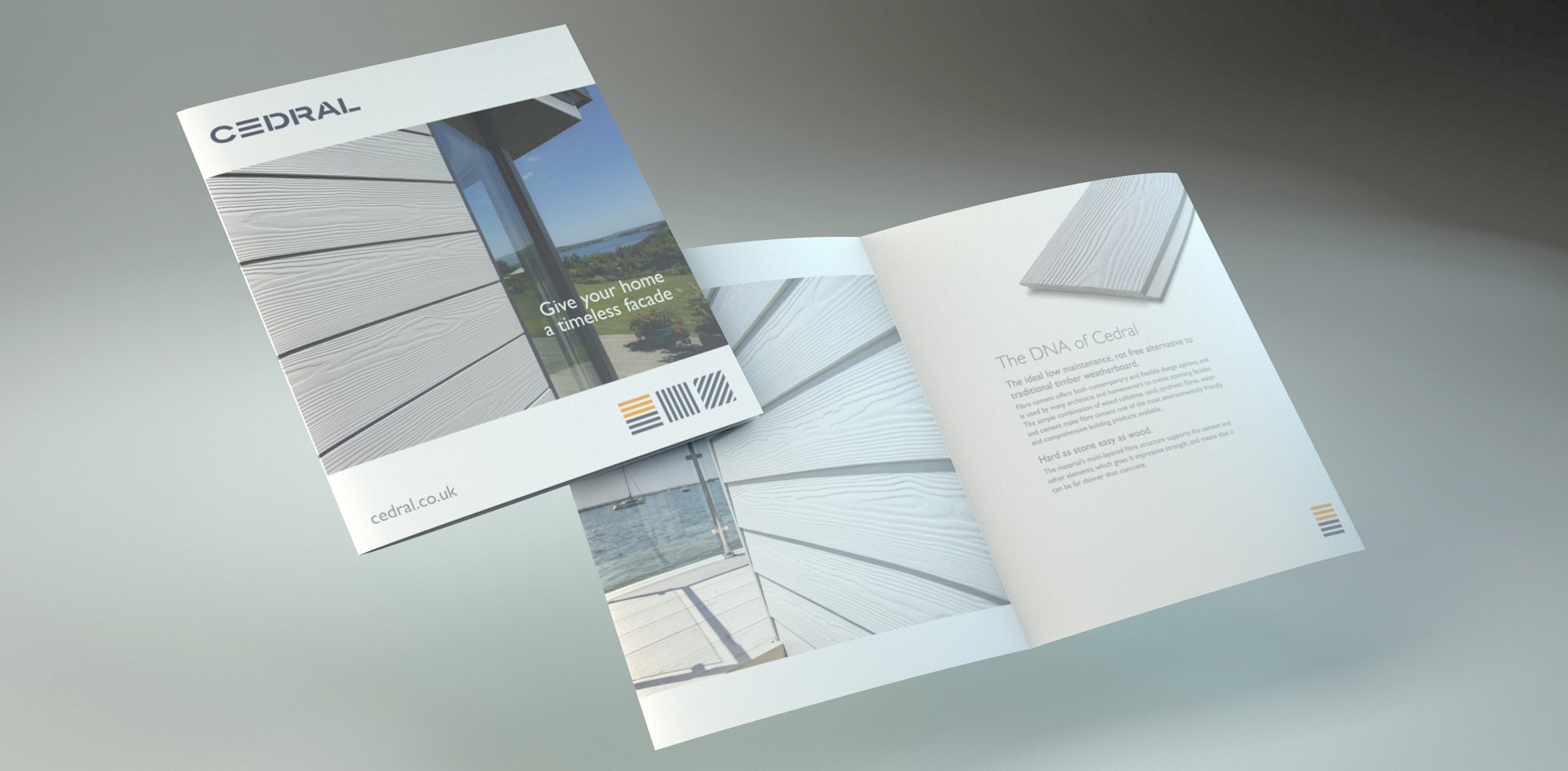Thermal bridges have a detrimental effect on your living environment and your house. Luckily, there are some solutions to keep you warm in winter and reduce your energy bill at the same time. And why not give your home a new stylish look while improving your insulation? We show you how.
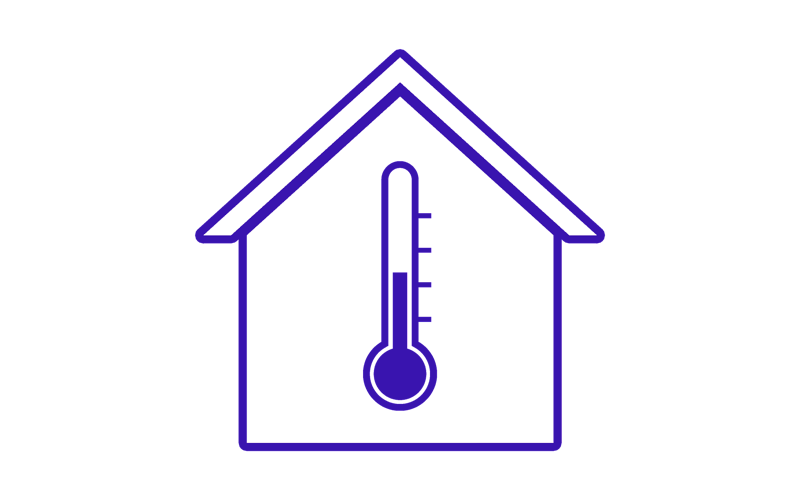
What is a thermal bridge?
In a building, wherever two components are touching, for instance the floor and the wall, this creates thermal conductivity from one material to the next. A thermal bridge transfers heat from the warmer material to the colder one. This means you will lose warmth through the thermal bridge if it’s cold outside, or the outside heat in summer will be transferred to your inside living quarters. This of course has dire consequences on your heating or cooling needs, leading to a higher energy bill.
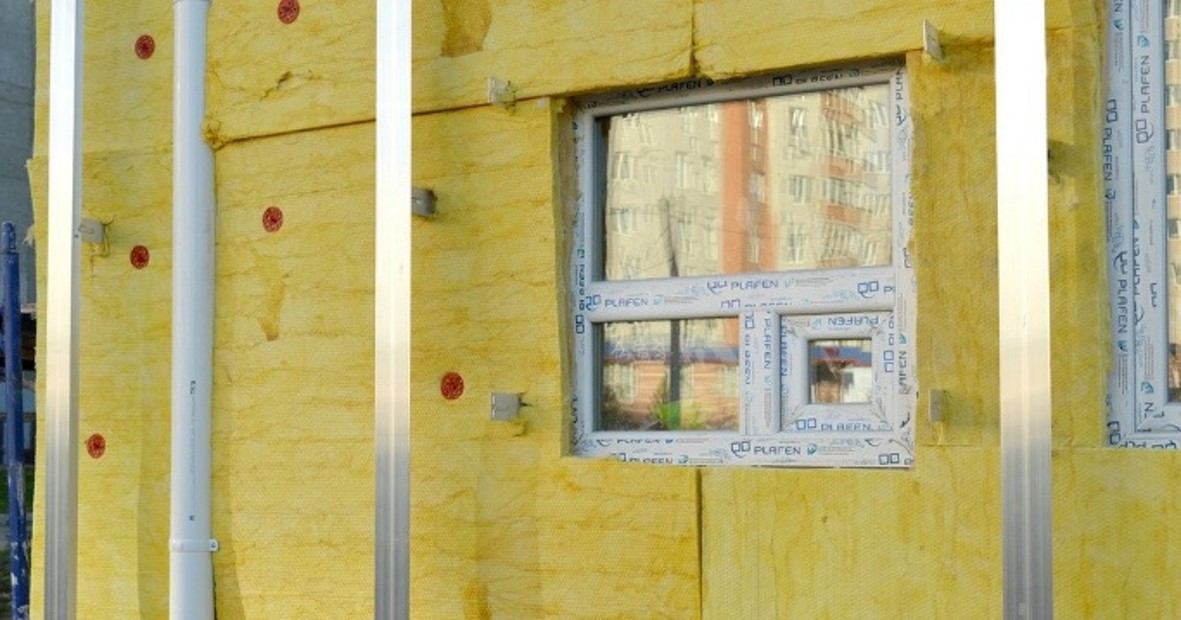
What causes thermal bridges?
There are two types of thermal bridges: the ones due to junctions and those who are an integral part of the construction.
- Thermal bridges at junctions between floors, walls, doors, windows and roofing are caused by the interruption of the insulation. In those places, the heat will escape and the cold will come in. Or inversely on hot days.
- So-called integrated thermal bridges are caused by structural elements such as the building frame or fixation systems that pass through the insulation system. Also the degradation of the insulating material can lead to structural thermal bridges.
The consequences of thermal bridges for your home
Whatever the cause of thermal bridges, the consequences are the same. In winter, the heat escapes, whereas in summer, the heat bridges will cause your inside temperature to rise. This can have a significant impact:
- On your health Thermal bridges create cold spots on your building envelope where humidity accumulates. This can lead to mould and bad smells. The reduced air quality in your living environment can have a detrimental effect on your health and cause respiratory problems or aggravate asthma conditions.
- On your living comfort Thermal bridges lead to cold walls, generating a chilly living environment and possibly draughts. A badly insulated building does not only feel colder in winter, it also lets heat through more easily in summer. So you’ll be too cold in winter, and too hot in summer!
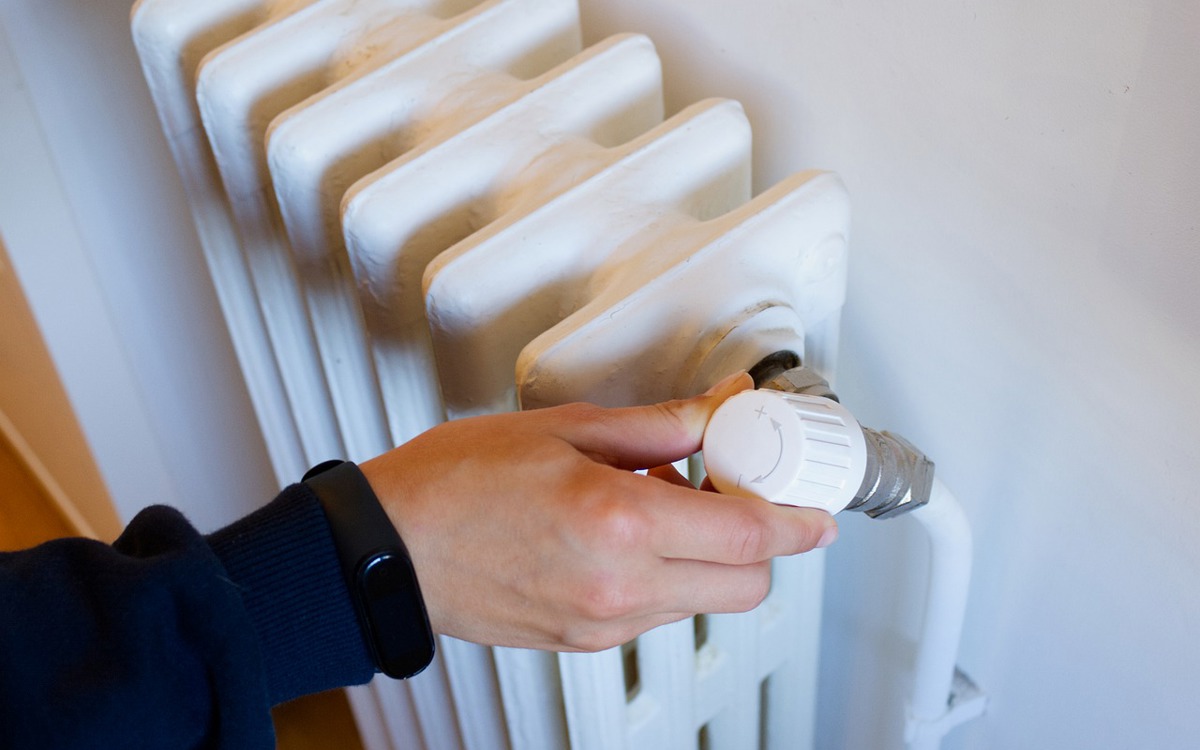
- On your energy bill To compensate for the heat loss, you need to heat more. This inevitably has a significant impact on your energy bill. To put a stop to this, proper insulation is due to stop wasting energy and lower your energy bill. And at the same time, less energy consumption is good for the environment.
- On your home In winter, the thermal bridges create cold spots where humidity from the air condensates. The drops drip down your wall and create damp or mouldy spots. In the long run, the condensation can structurally damage your walls and deteriorate the quality of your home.
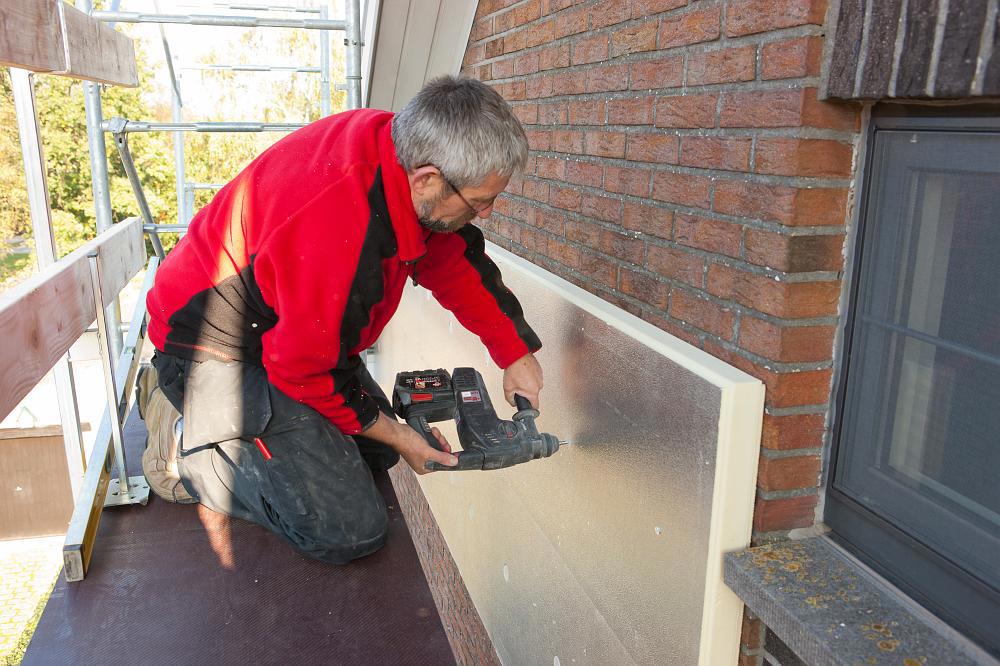
Solutions to remediate thermal bridges
To get rid of thermal bridges, you can insulate your home and add a ventilated curtain wall around your building to keep the elements out.
- Thermal exterior insulation By insulating your building from the outside, you create an extra protective layer around your house, like a second skin. Exterior insulation helps to keep a steady temperature inside your home, both in winter and summer. And it also has a sound-proofing effect. As the insulation is fitted around the outside of your building, you don’t lose any space inside your home and it also remediates the thermal bridges caused by structural elements, which is not the case if you insulate on the inside.
- Ventilated curtain walls This technique adds weatherproof facade cladding to your house, leaving some space behind the sidings to allow the air to circulate freely. This evacuates humidity and keeps your walls dry and your building healthy. No better way to combat damp spots or mould in your living environment. Your walls can breathe, and so can you. Usually, ventilated facade cladding is combined with a layer of thermal insulation on the exterior walls. The curtain walls also effectively protect your insulation, keeping its protective properties for long years on end. This combination is a winning solution to improve the energy performance and the comfort of your home.
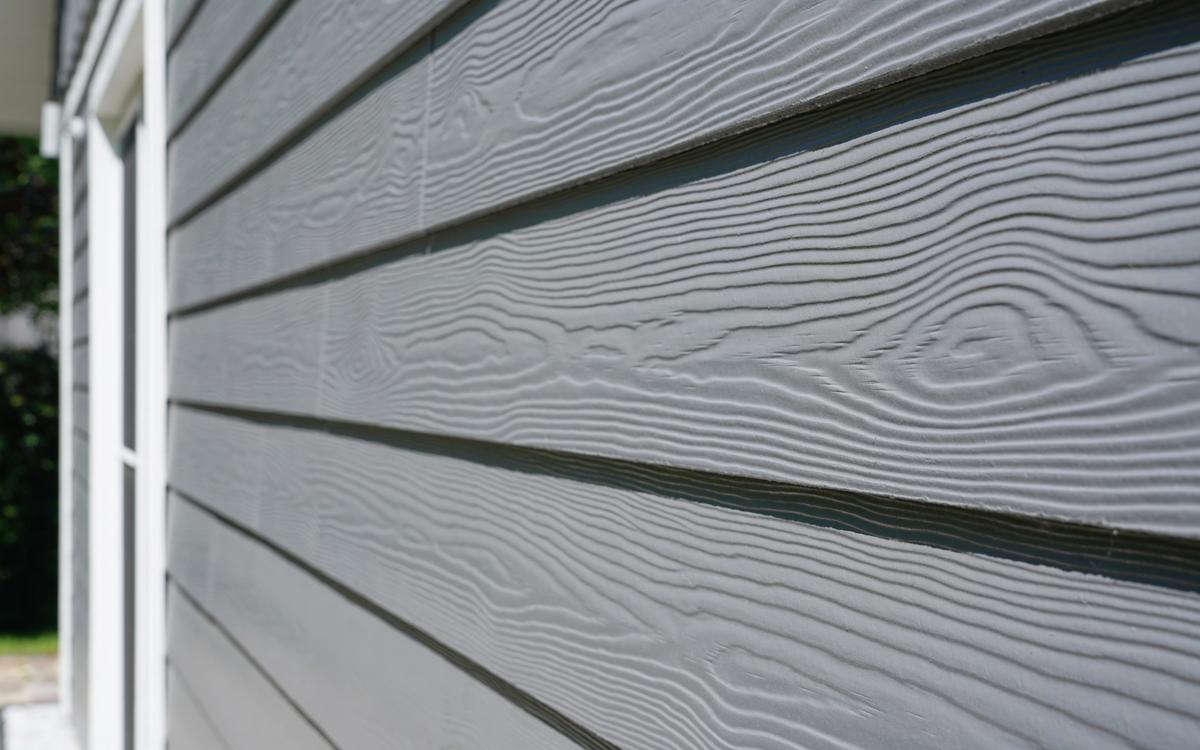
Create a new facade to your liking
With a ventilated curtain wall, you don’t only improve the quality and durability of your home, you can also give your house a complete makeover. Cedral has fibre-cement facade cladding solutions in many stylish colours. You can even choose for a wooden look, but without the regular care wood would require. Fibre cement is ultra-durable and only requires minimal maintenance. Thanks to the variety of cladding solutions, you can give your home a trendy façade and make it stand out.
Want to give it a try?
